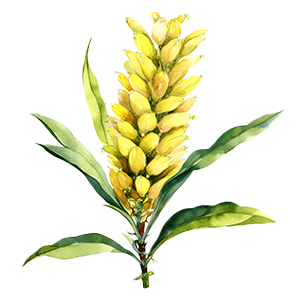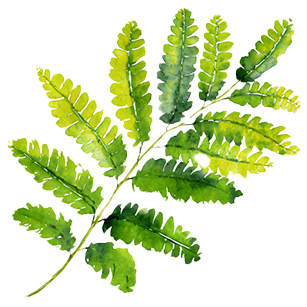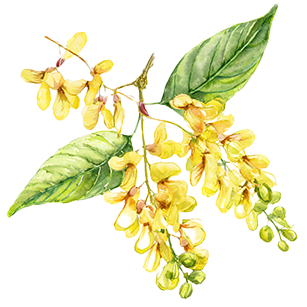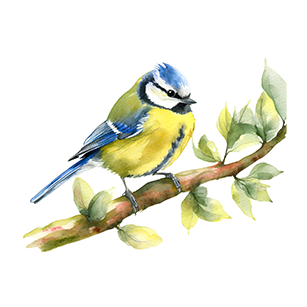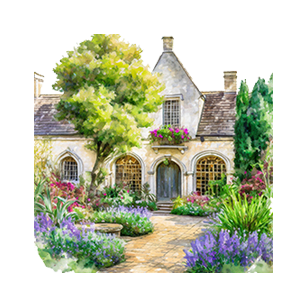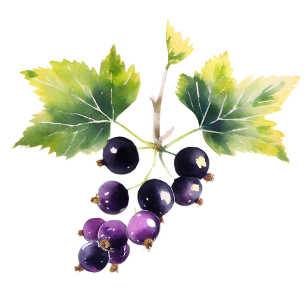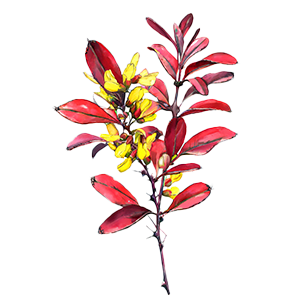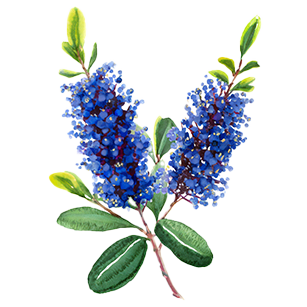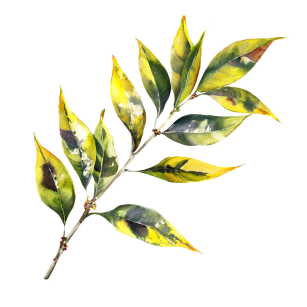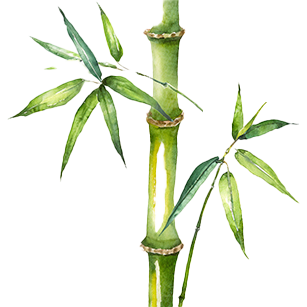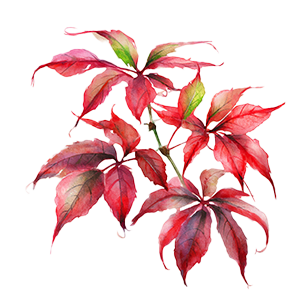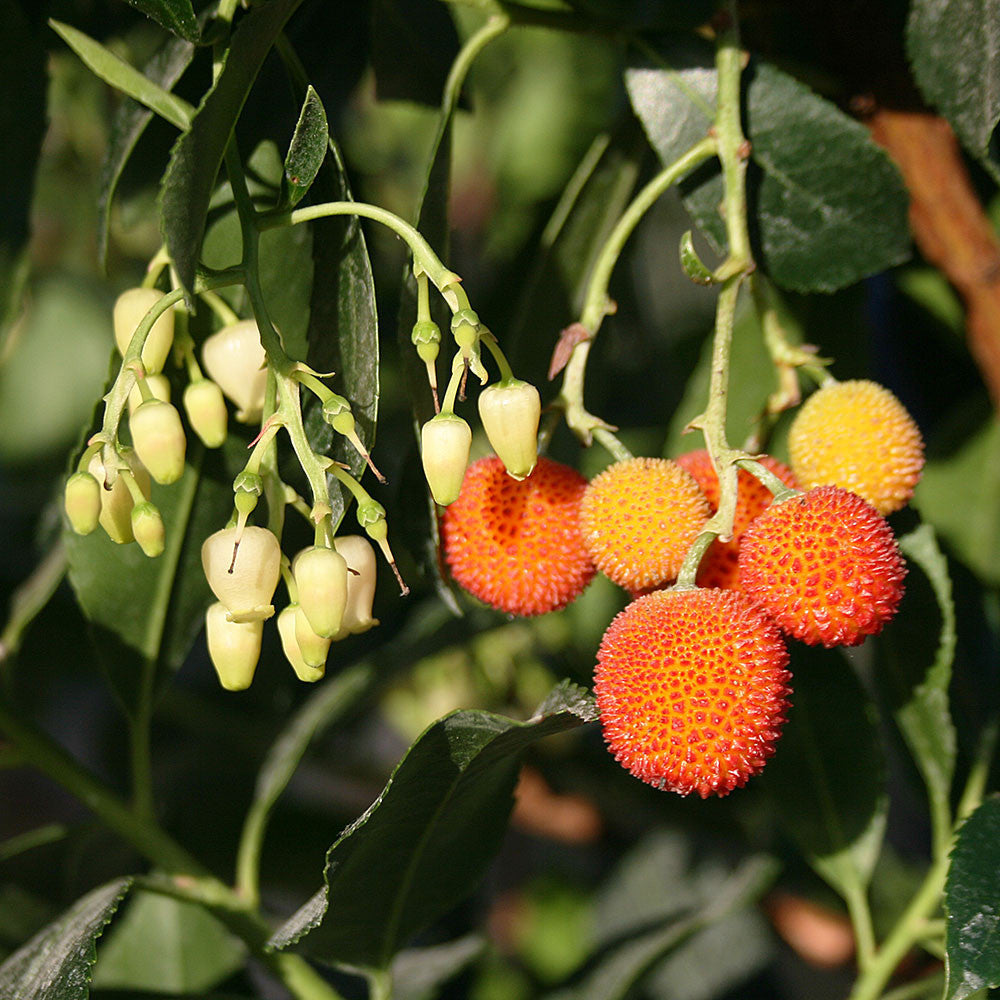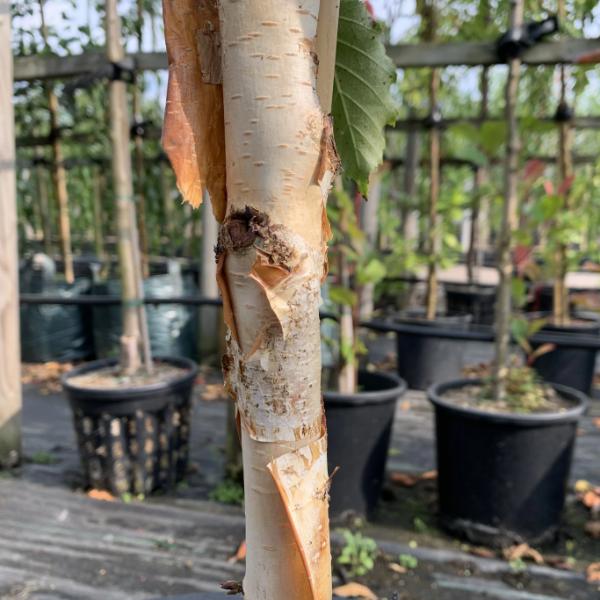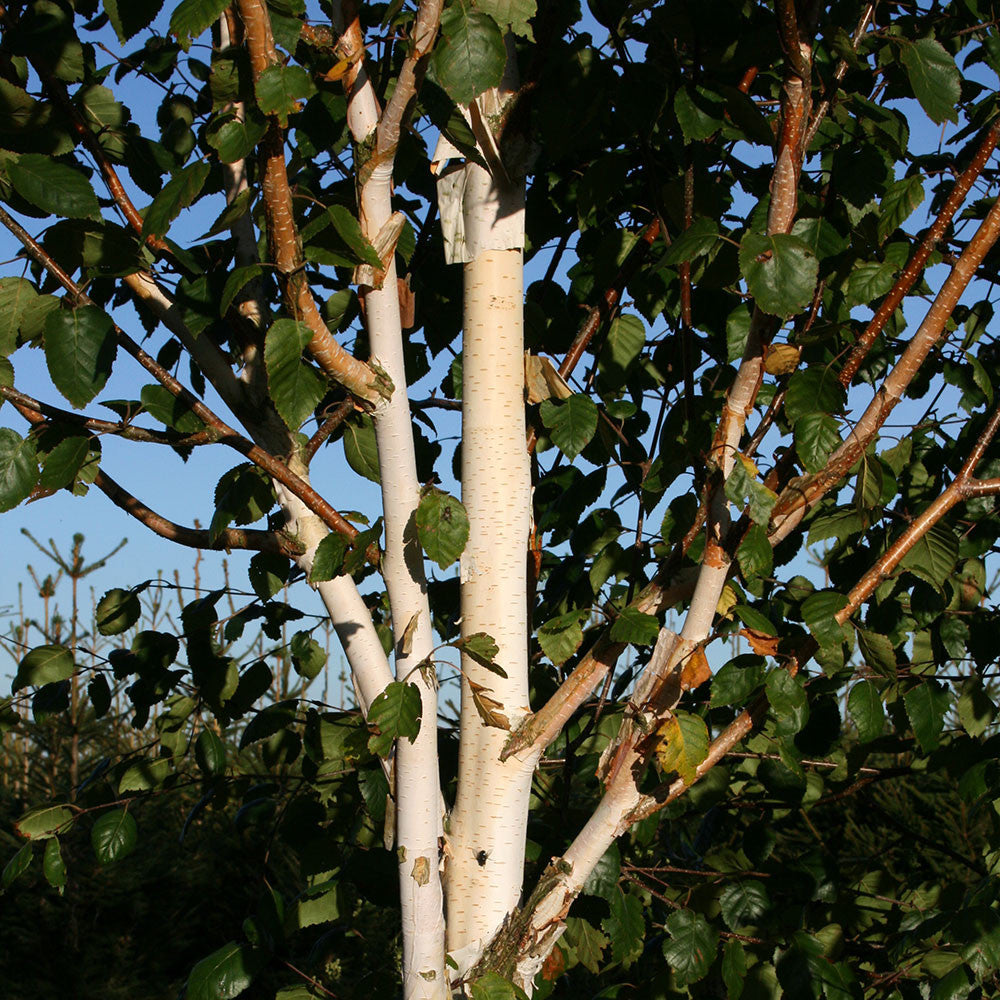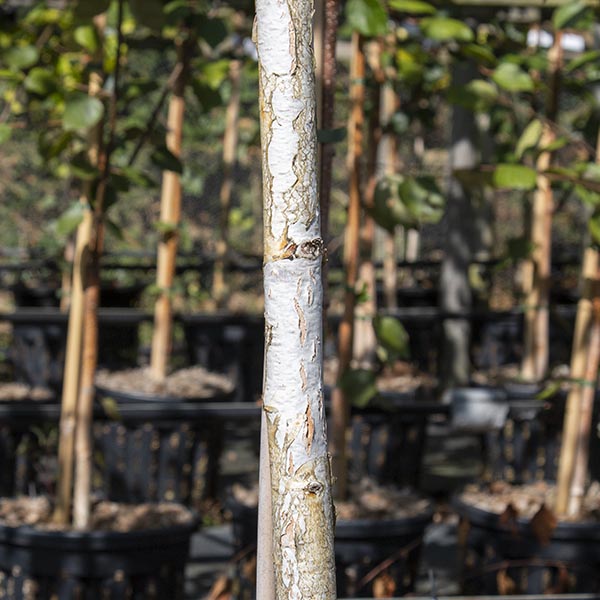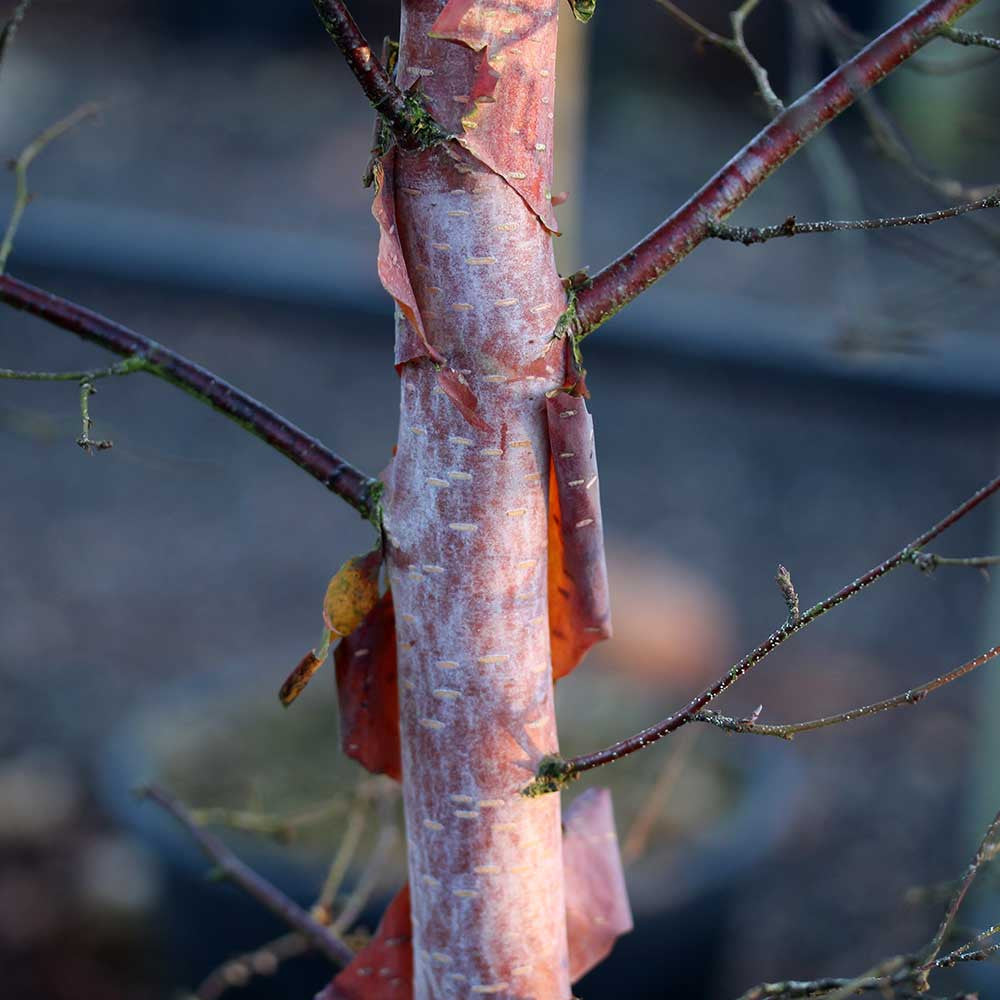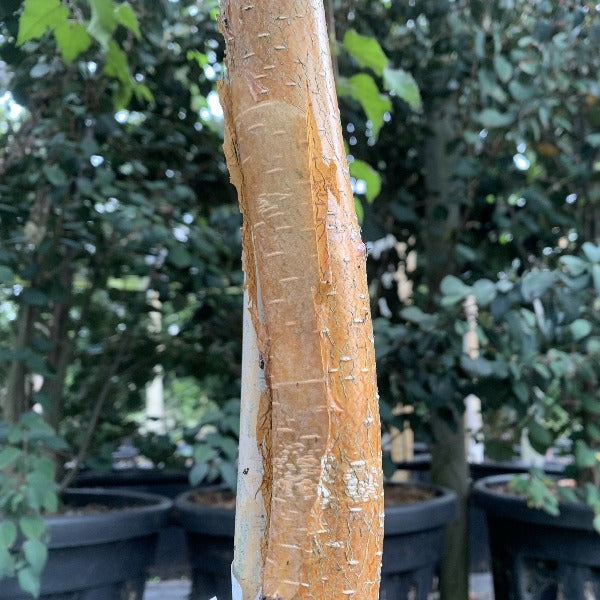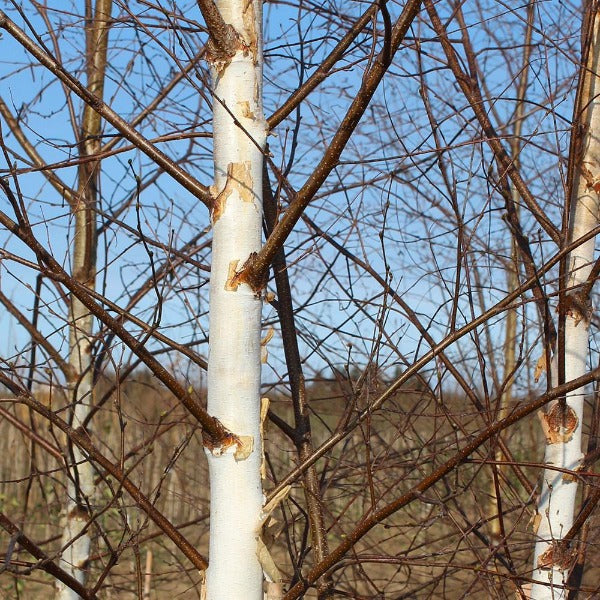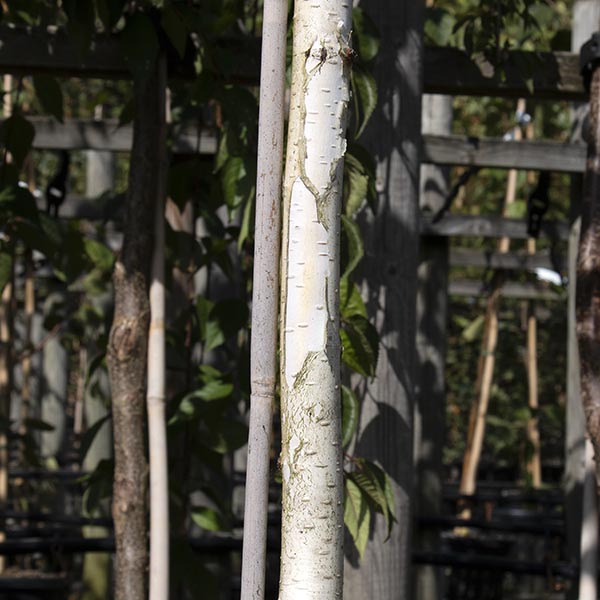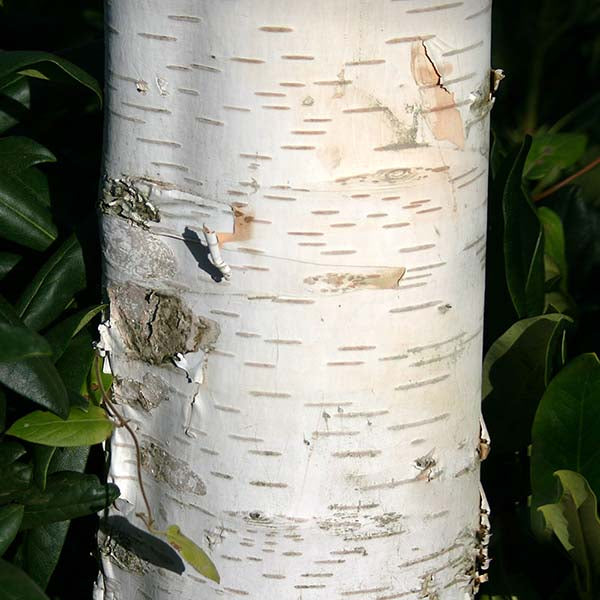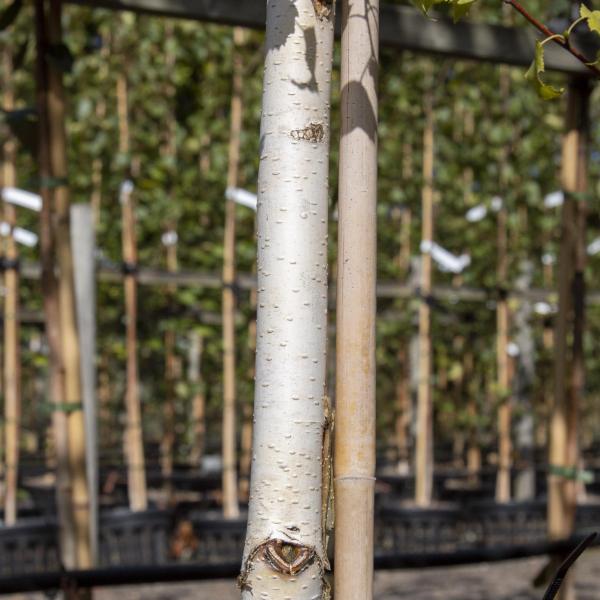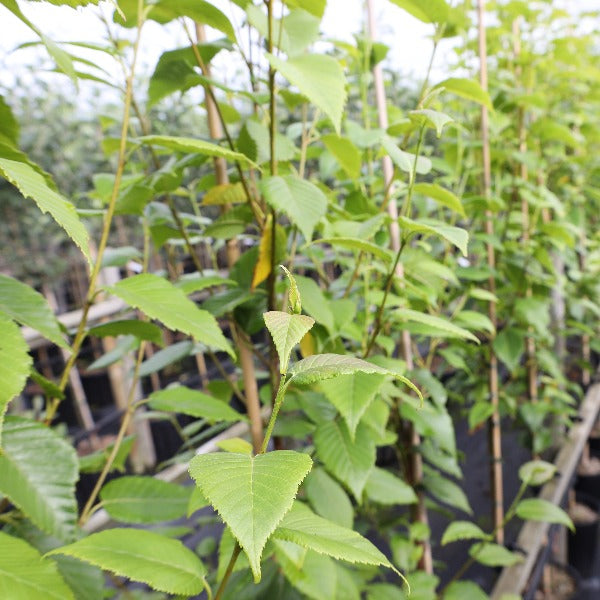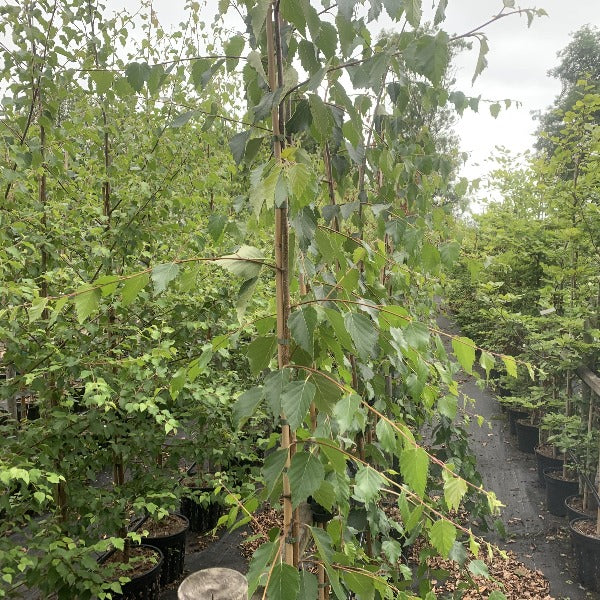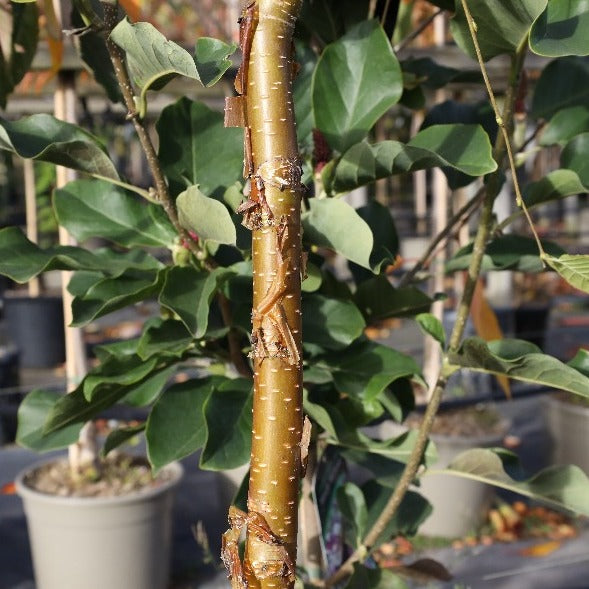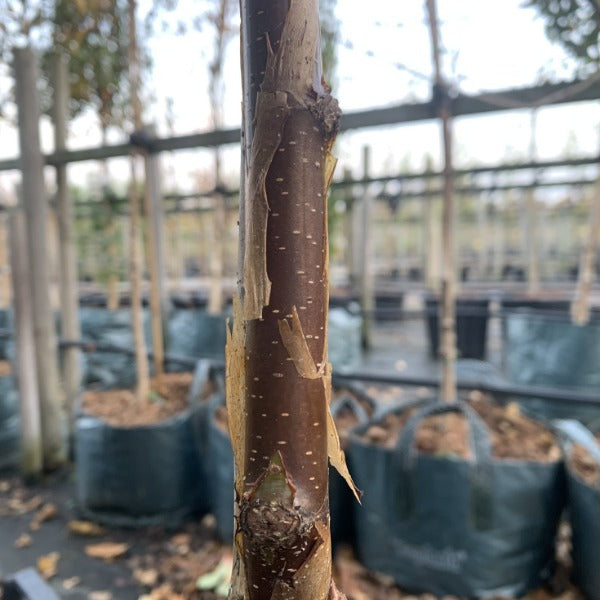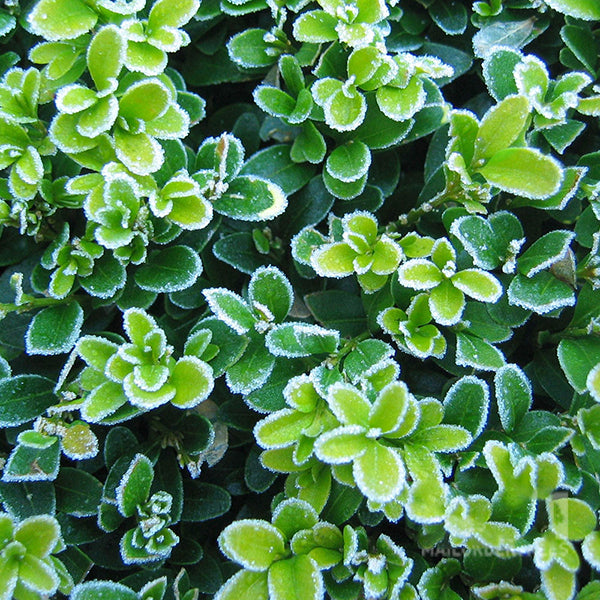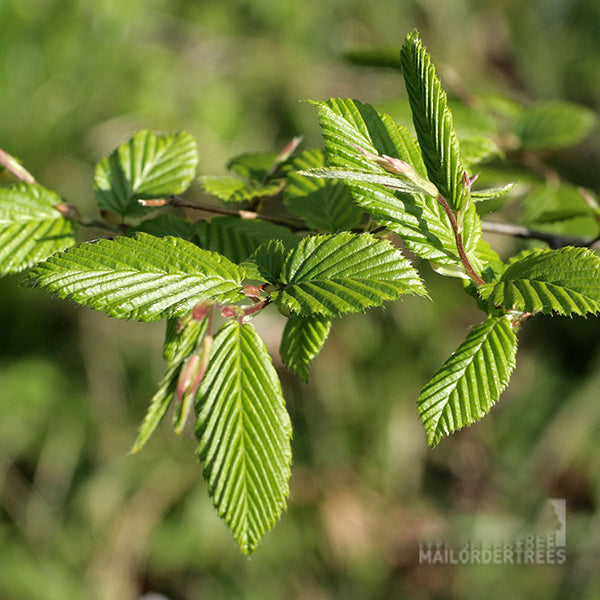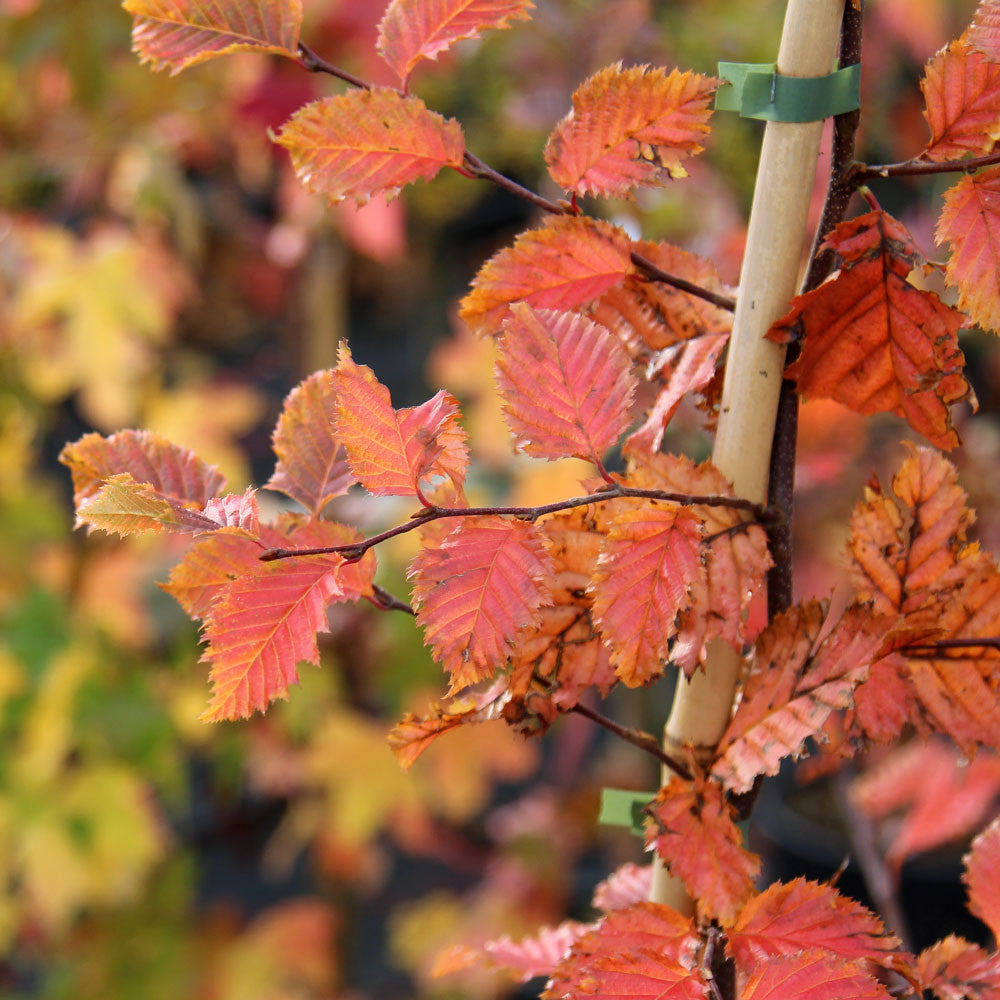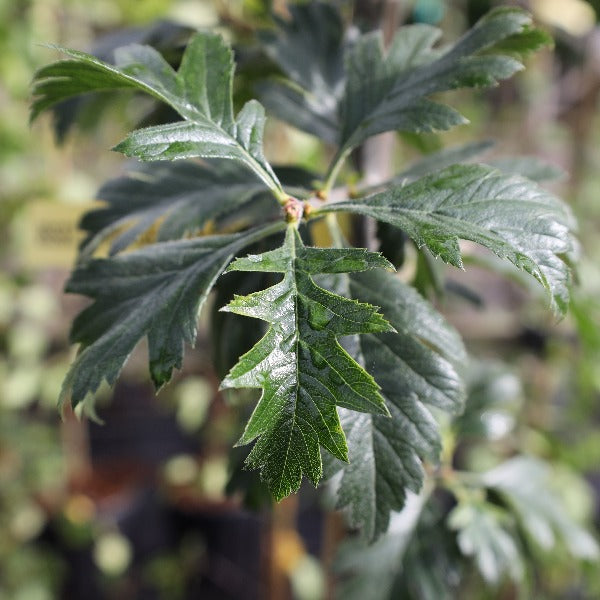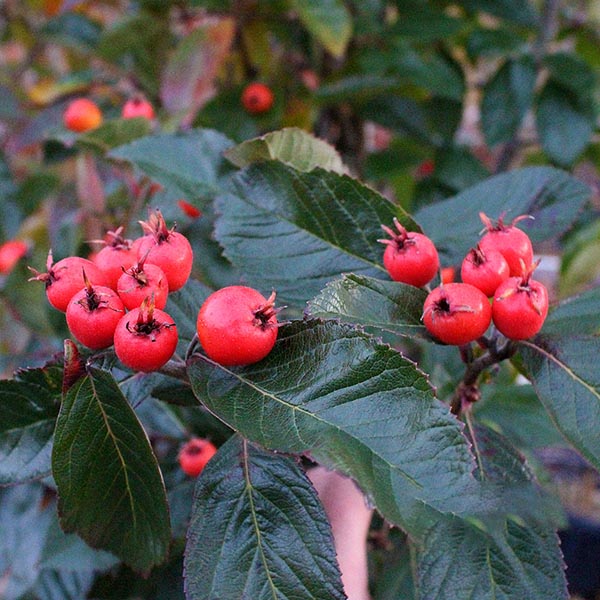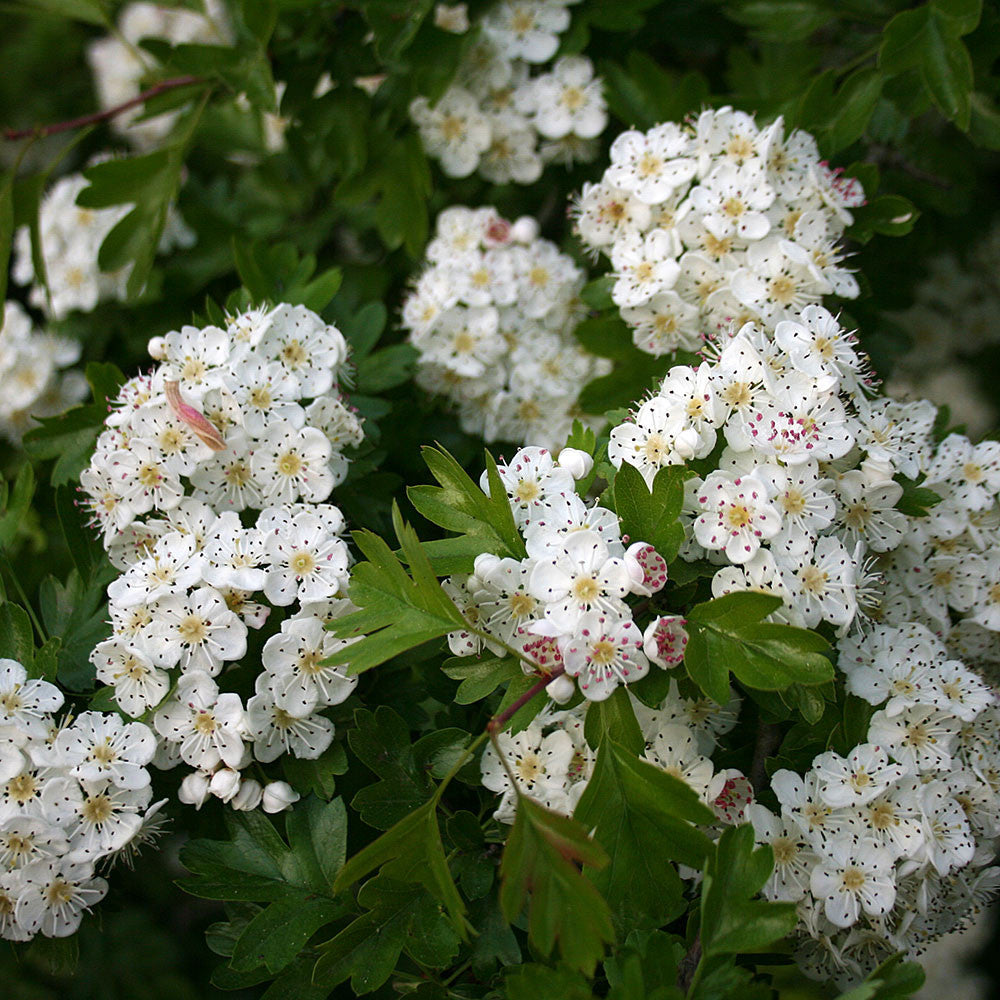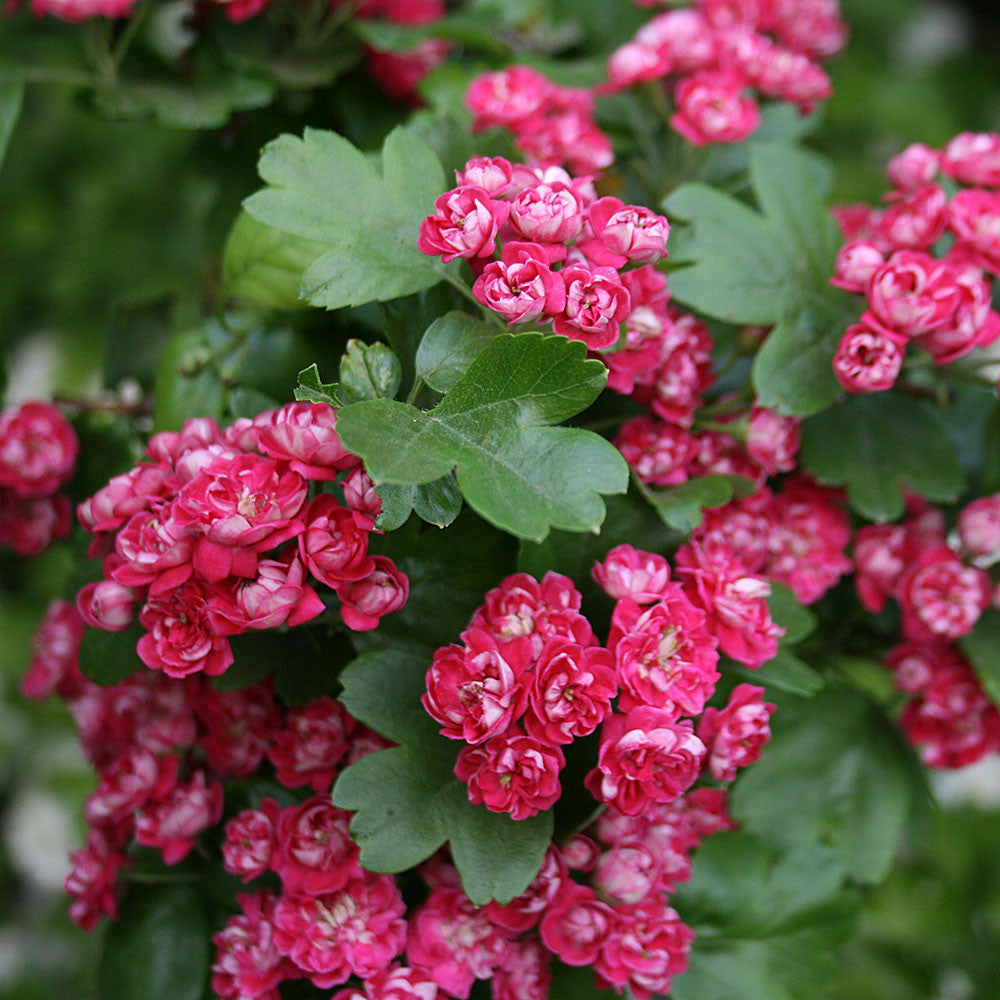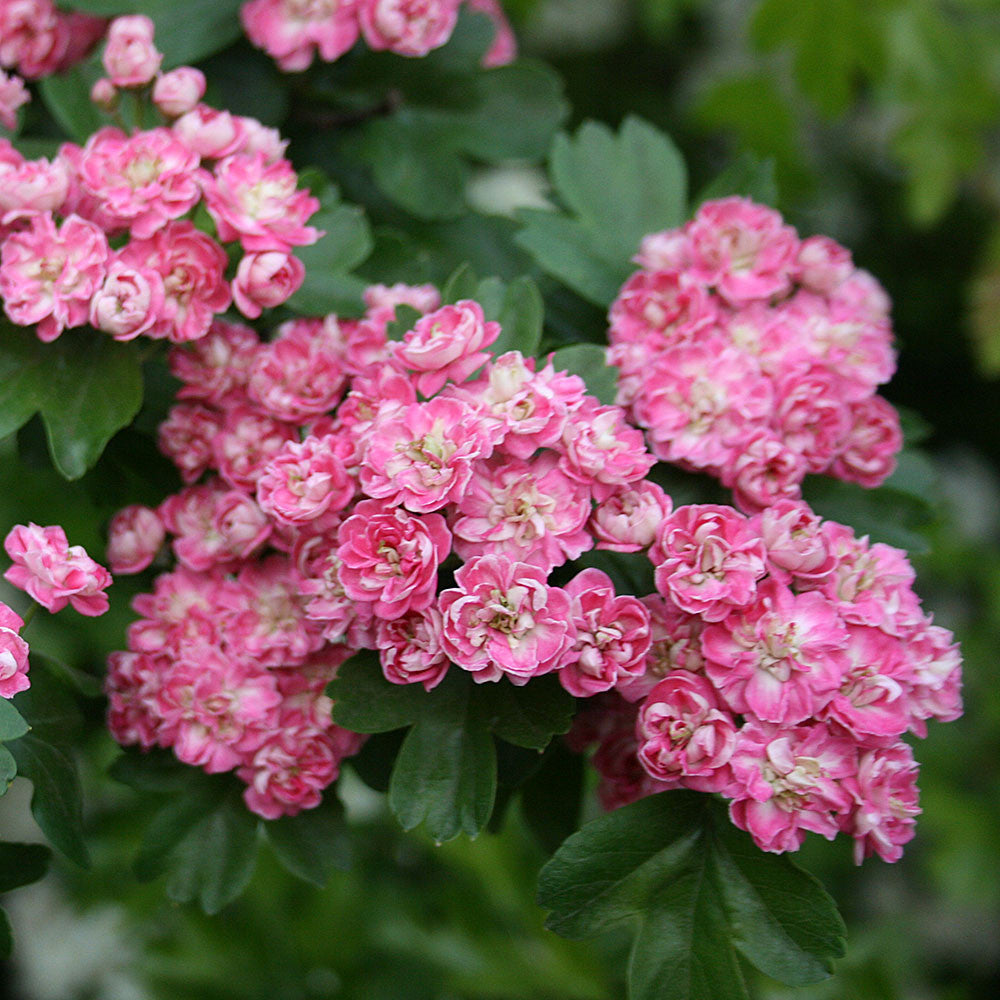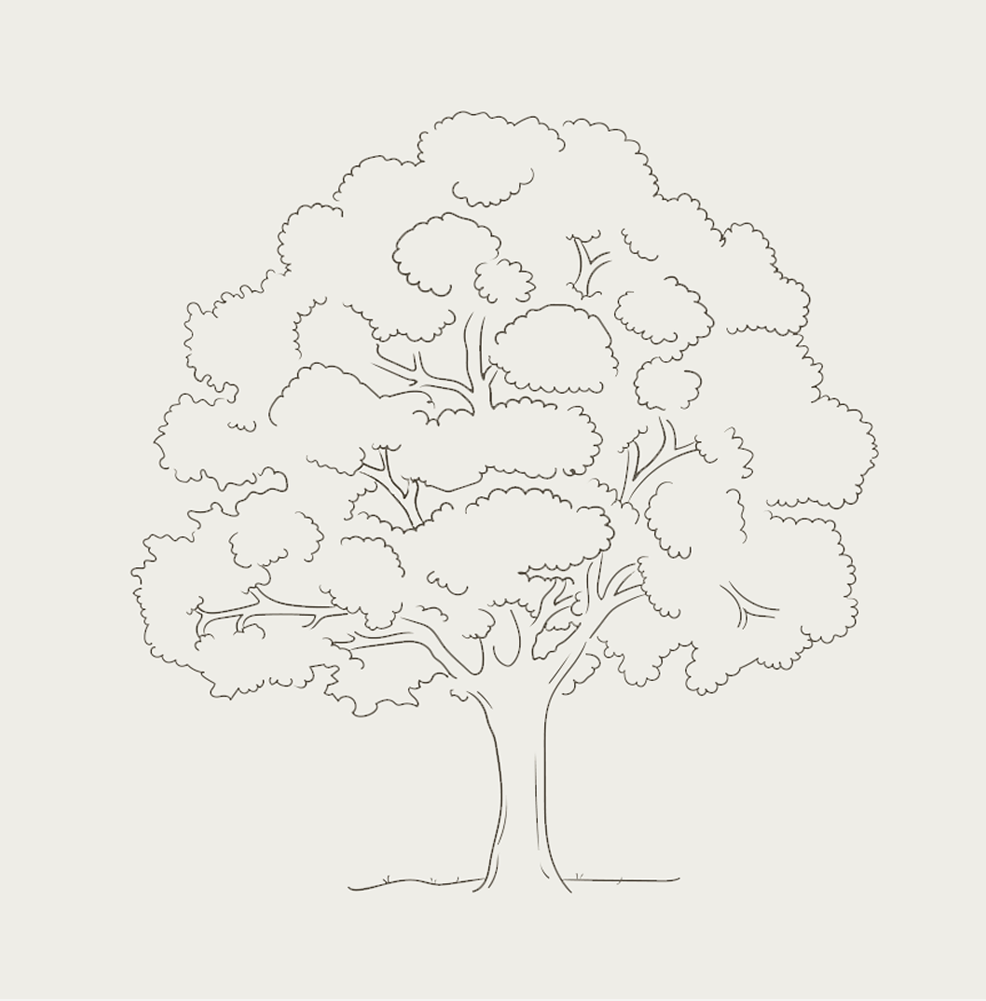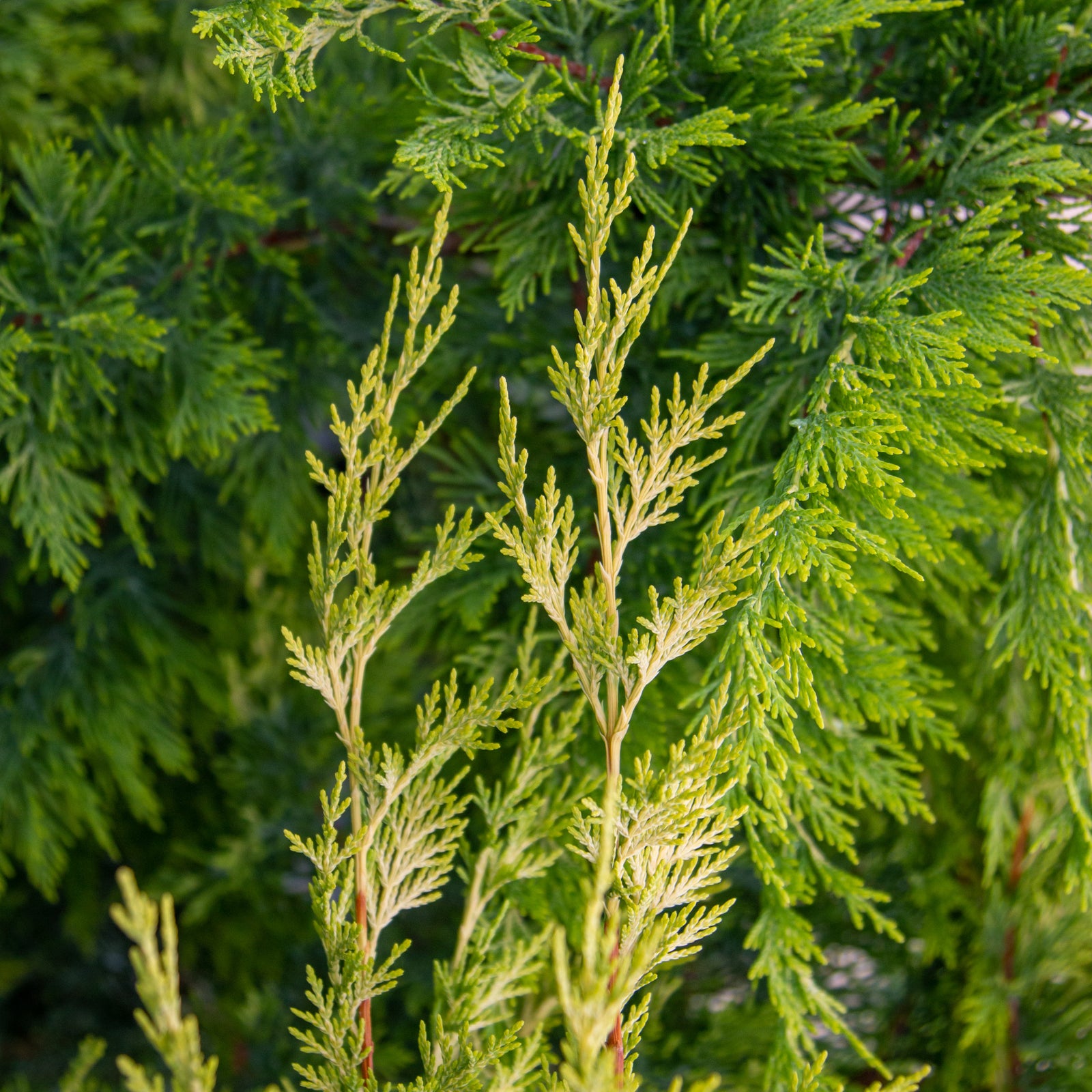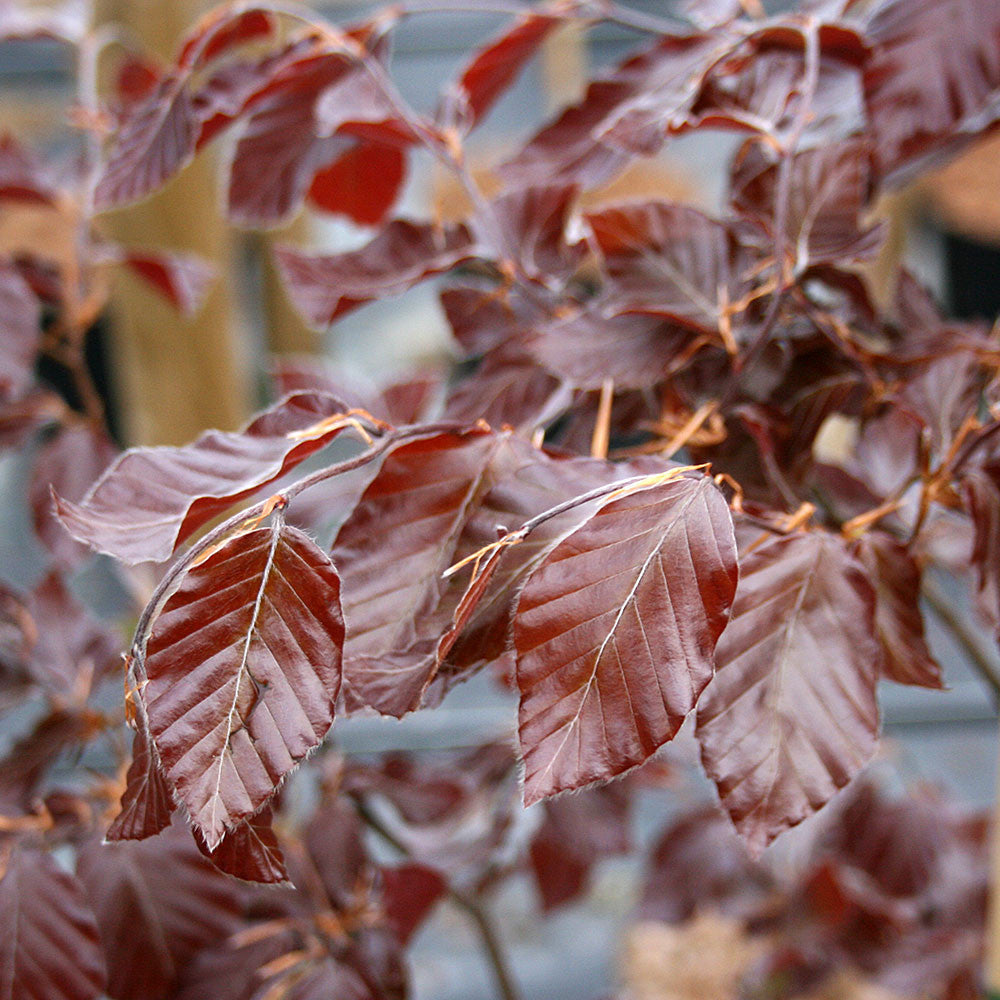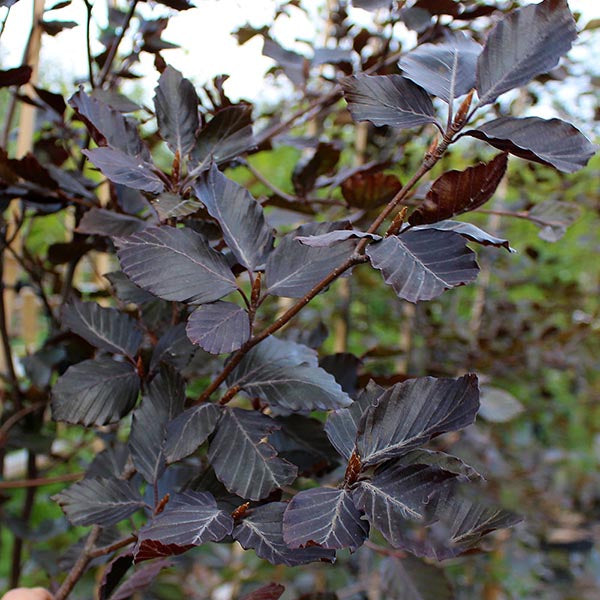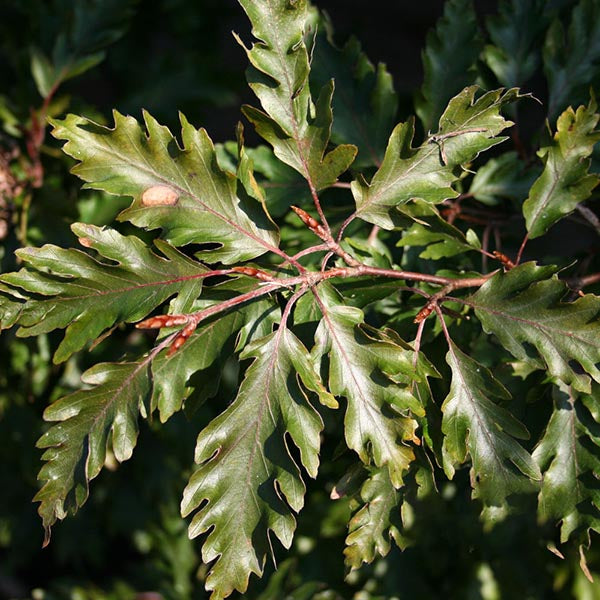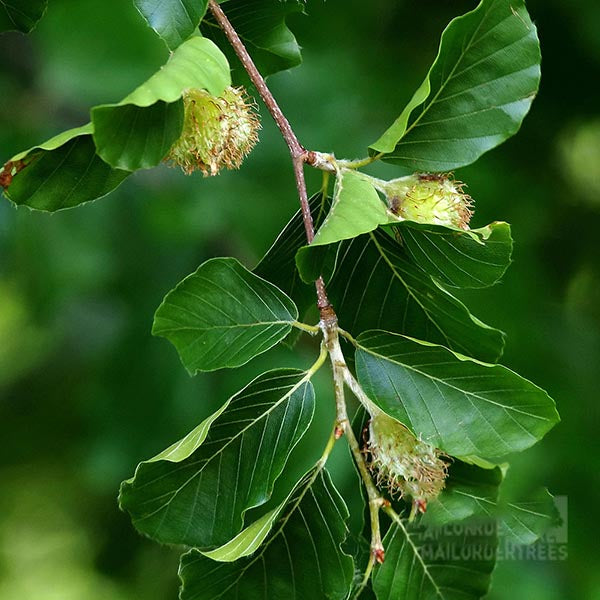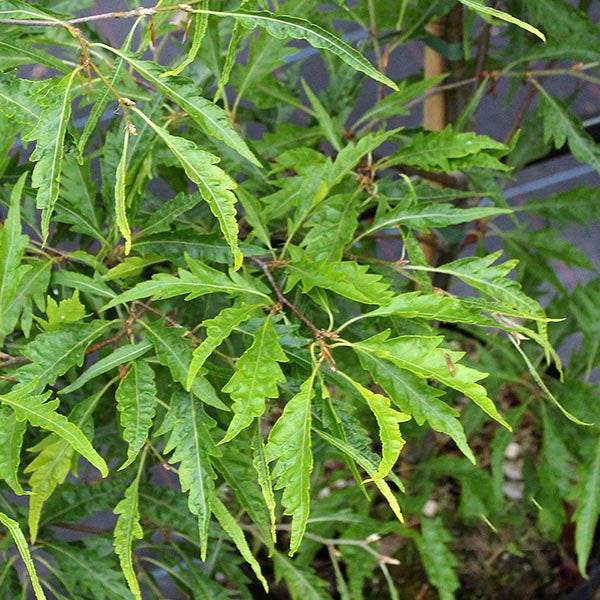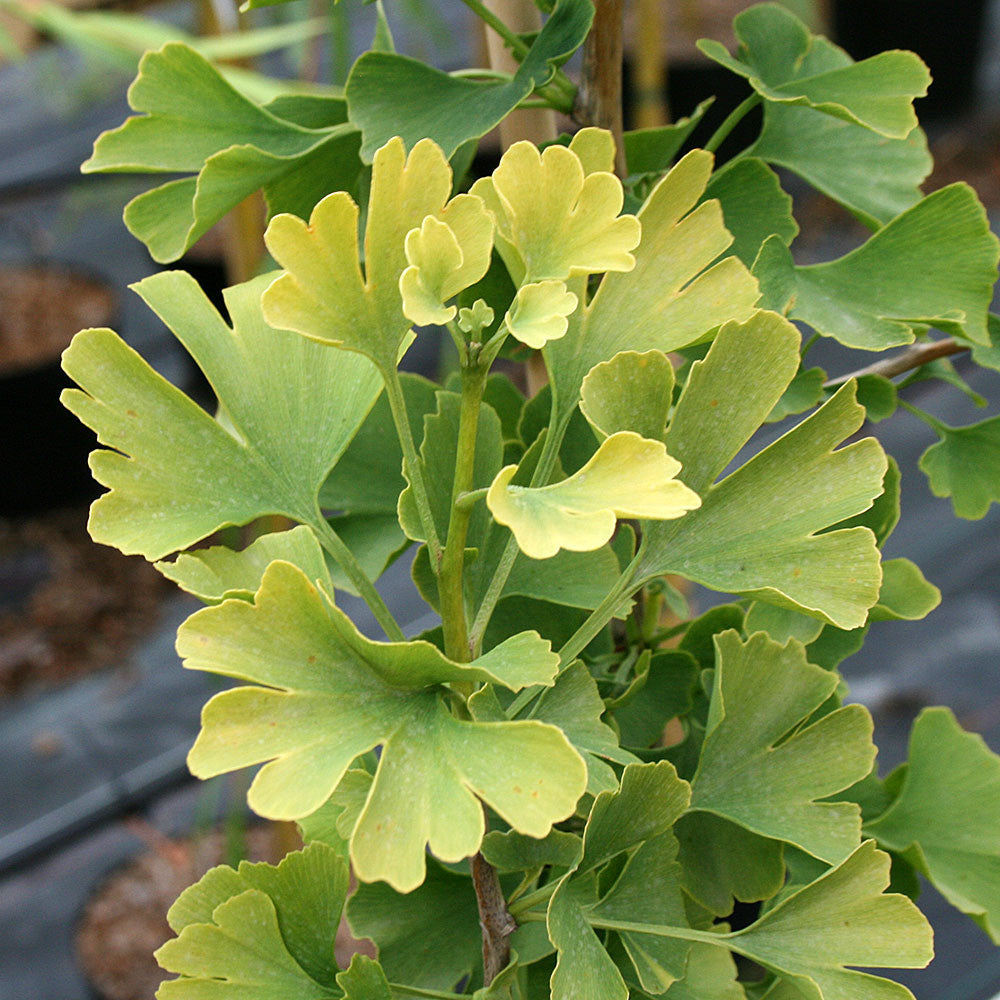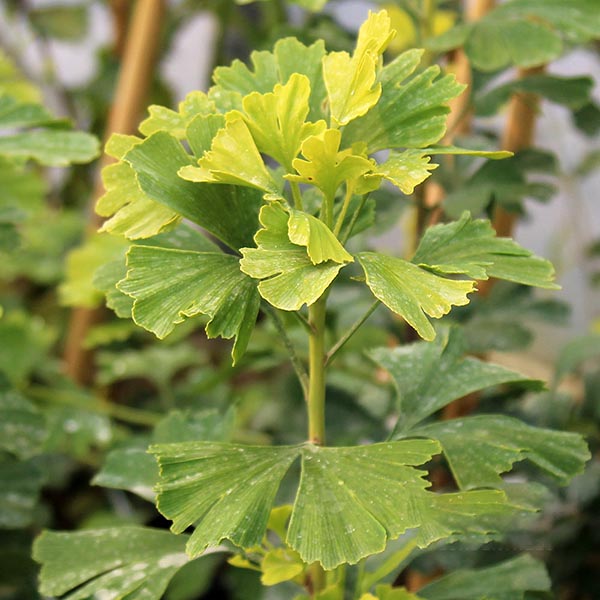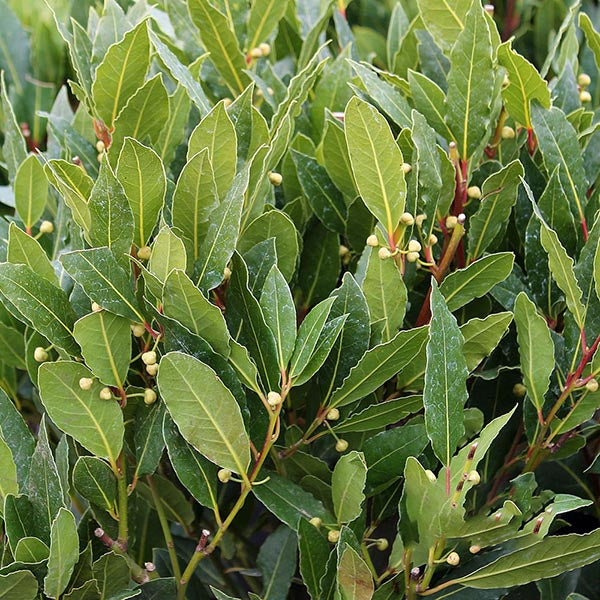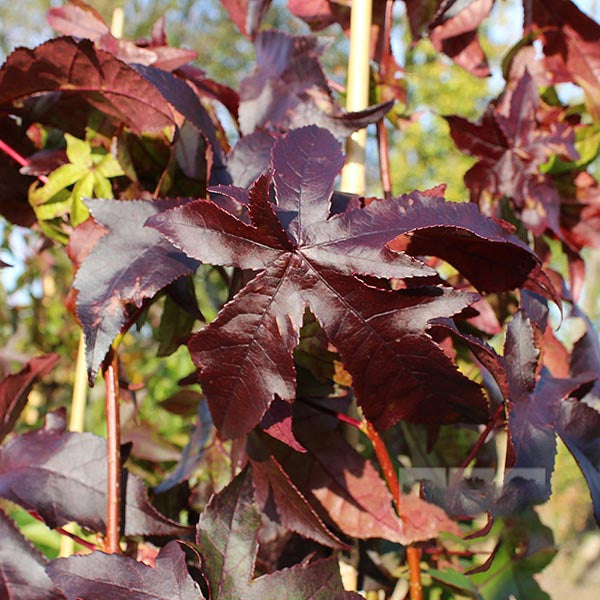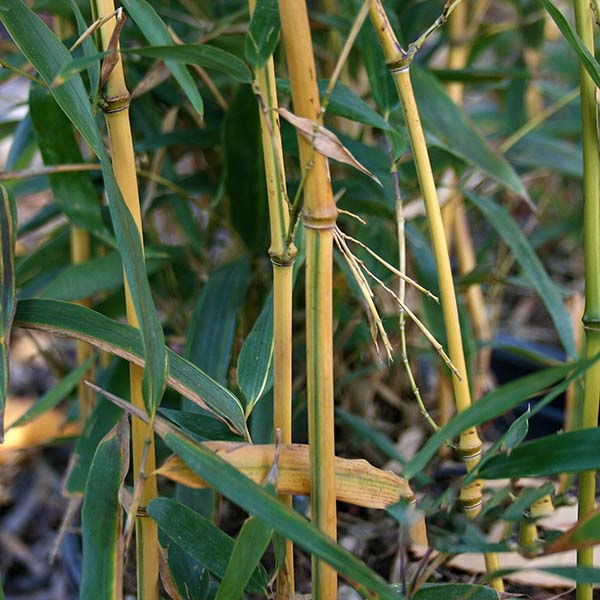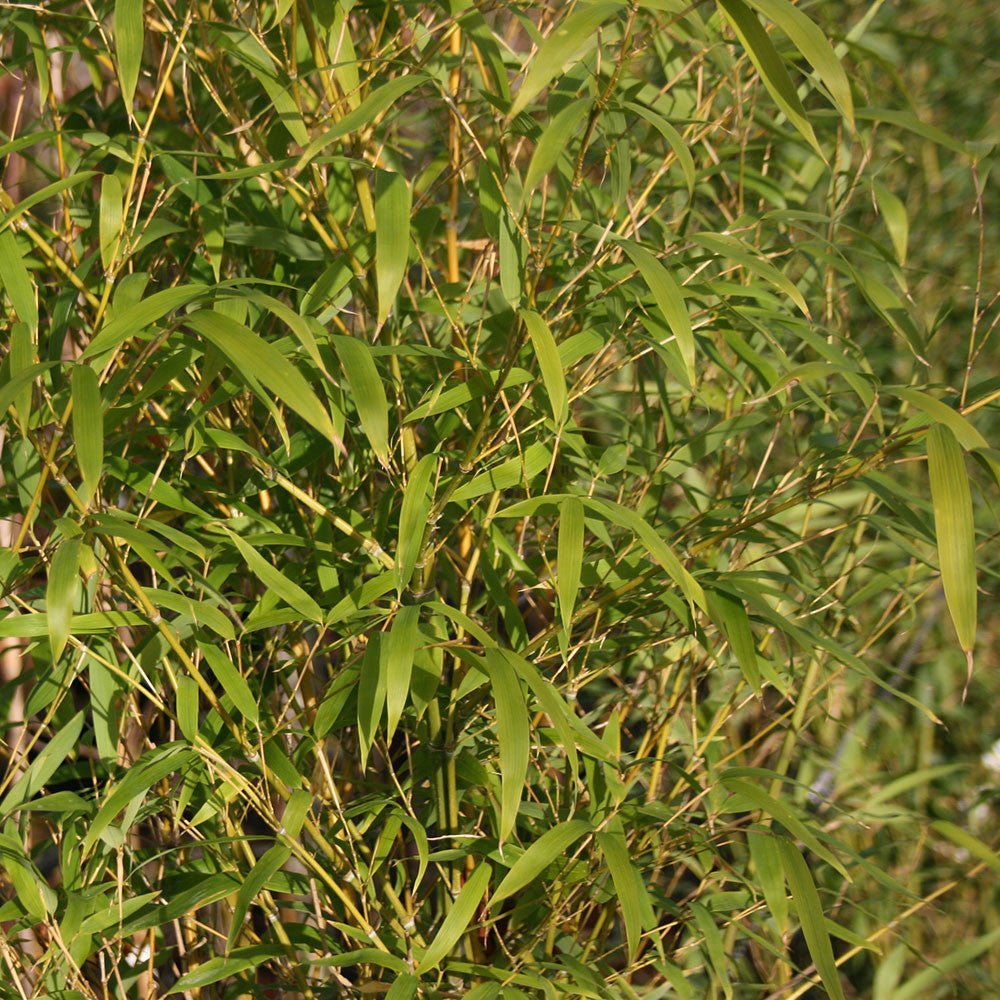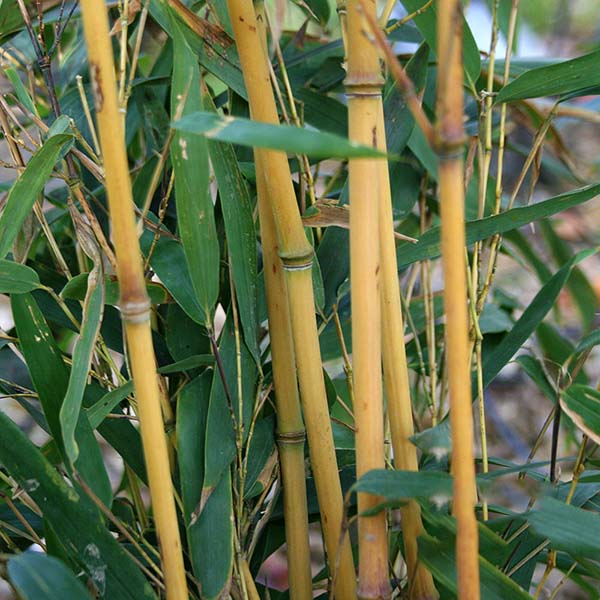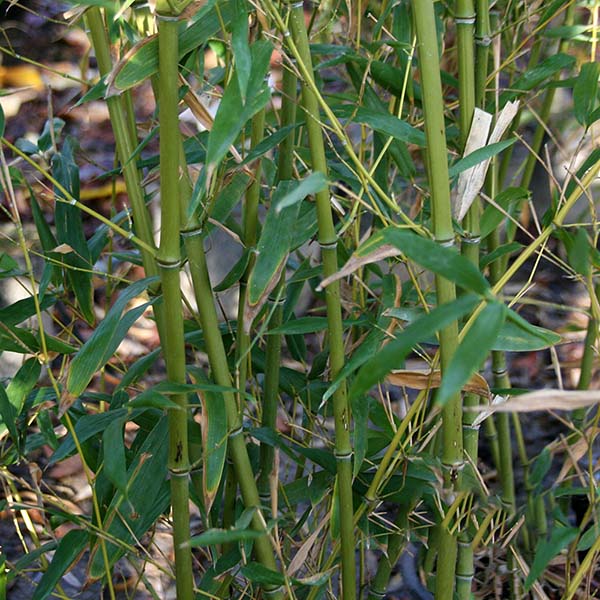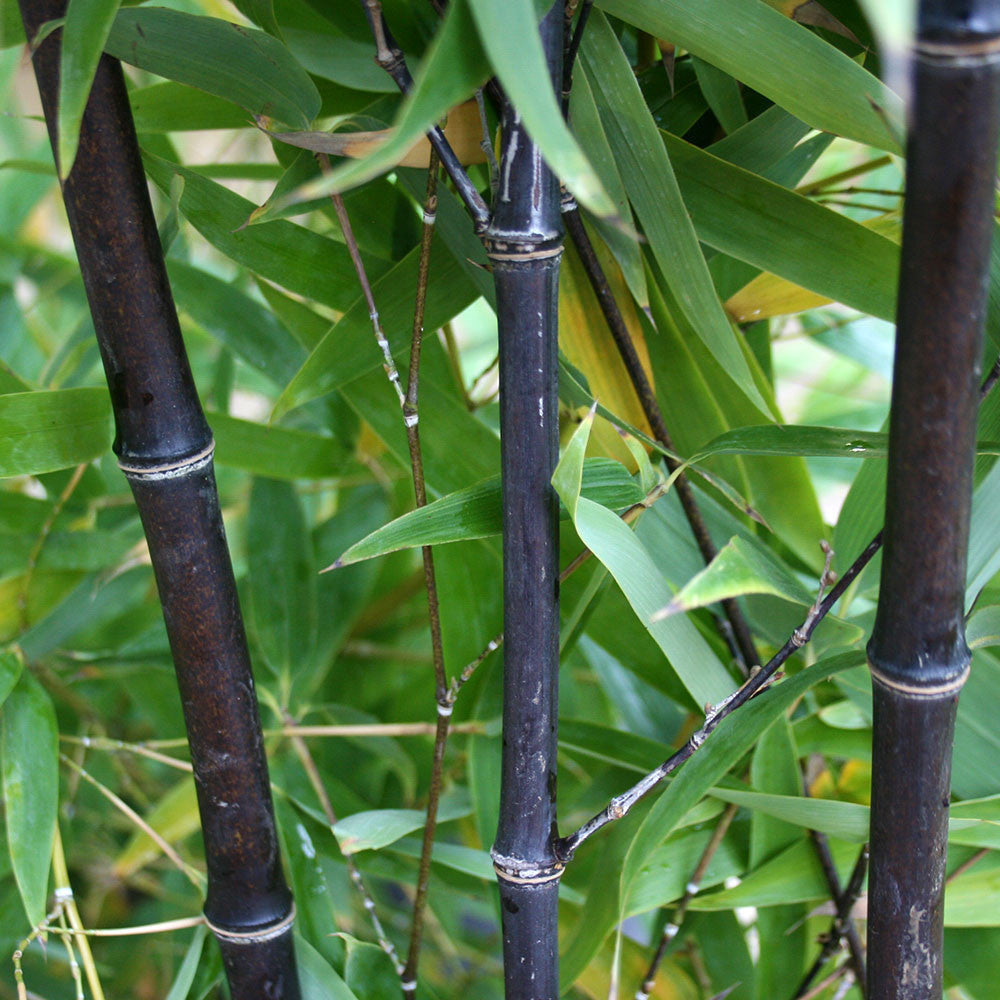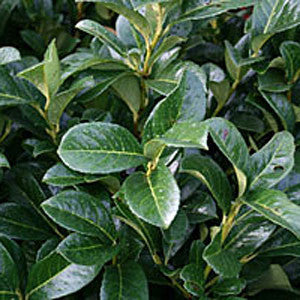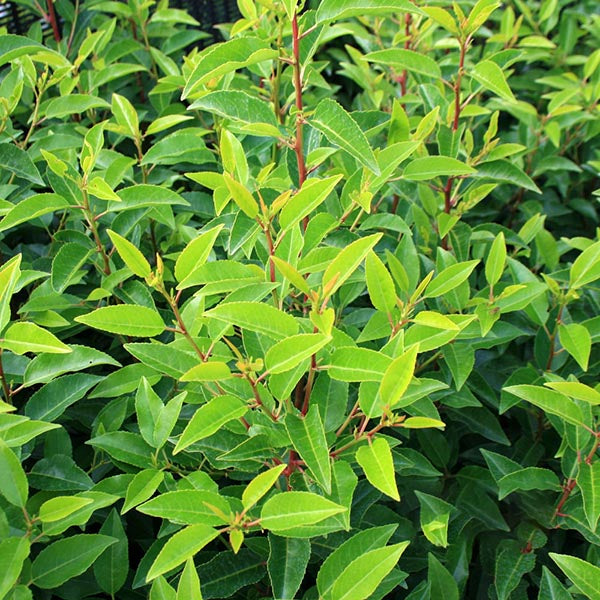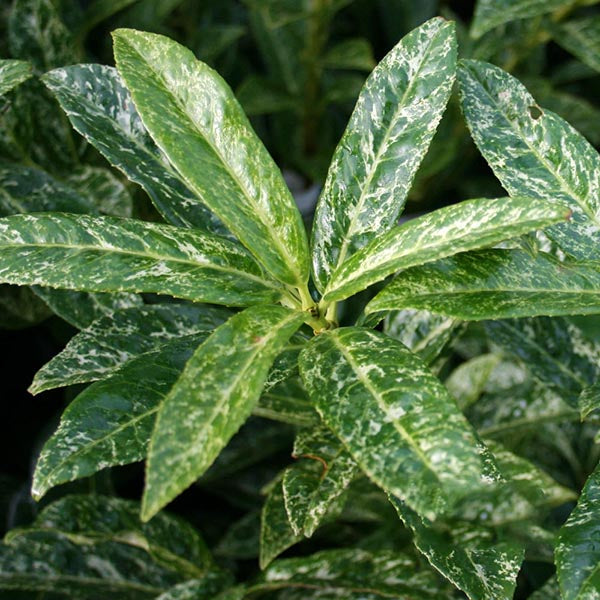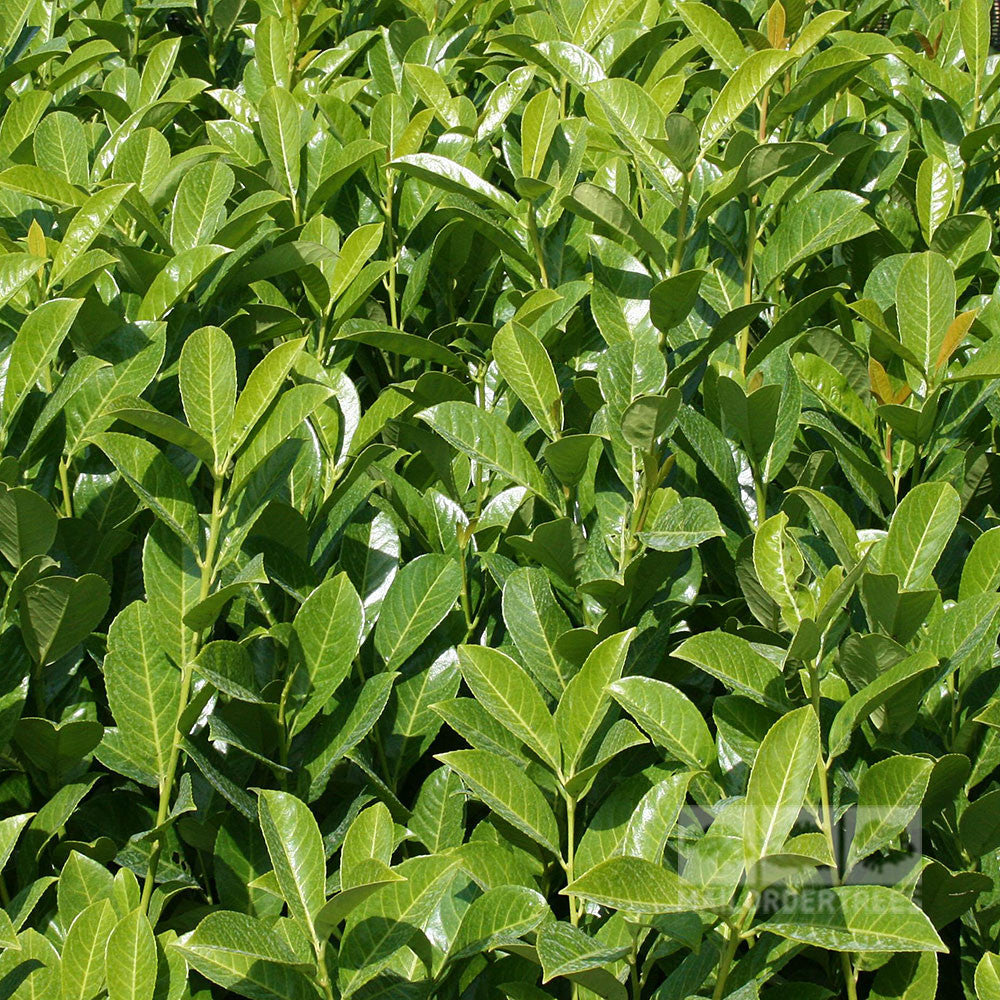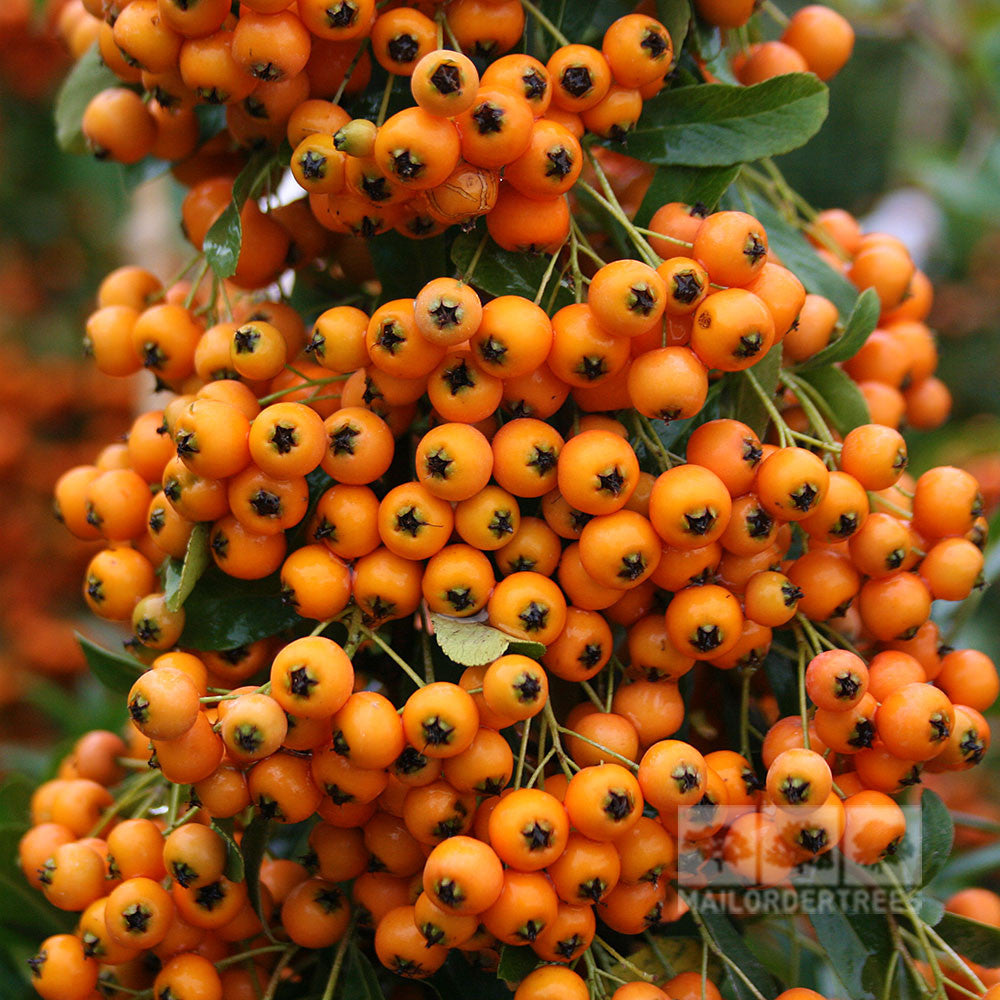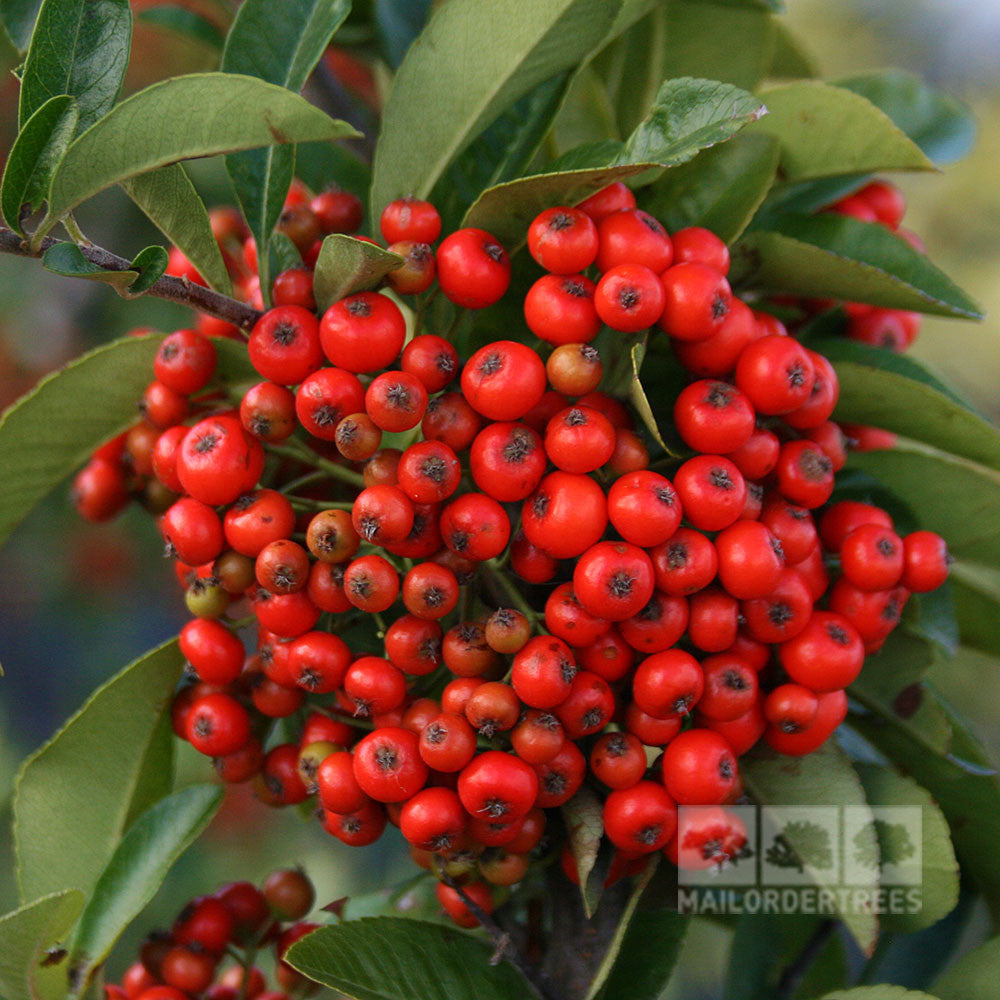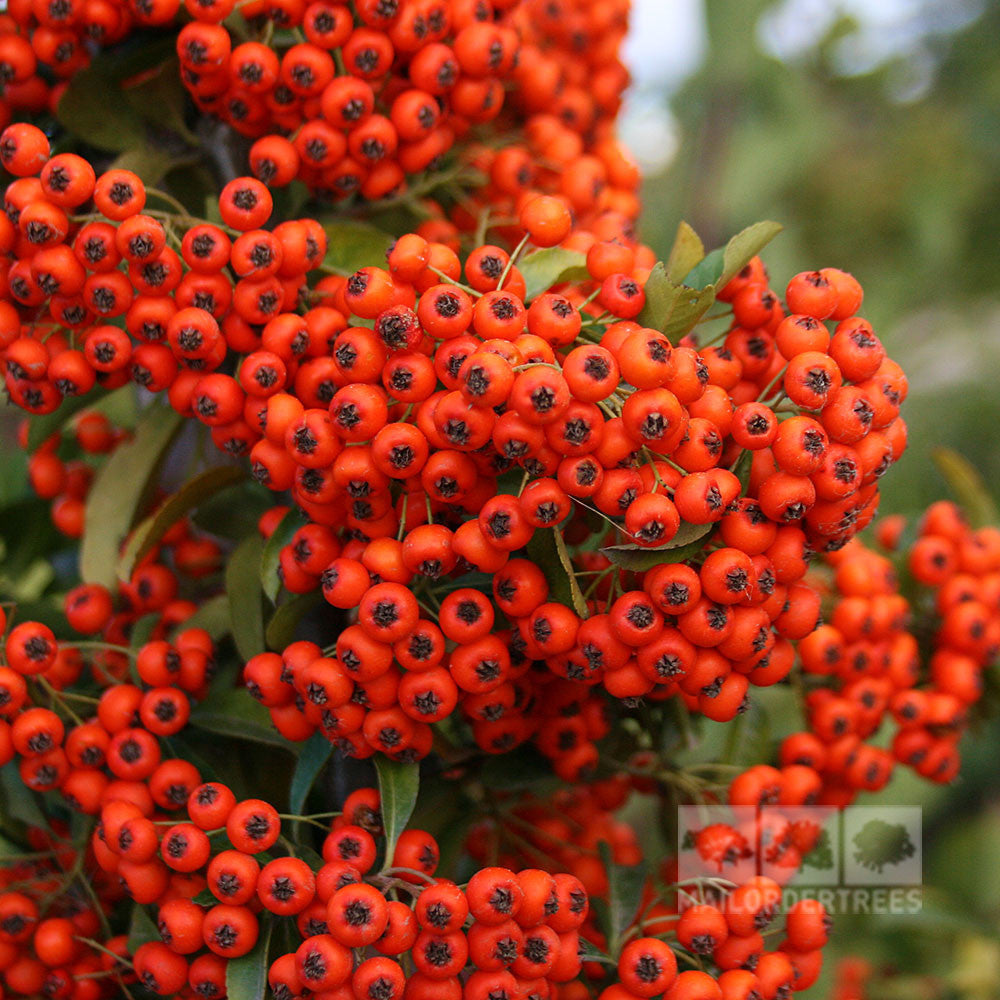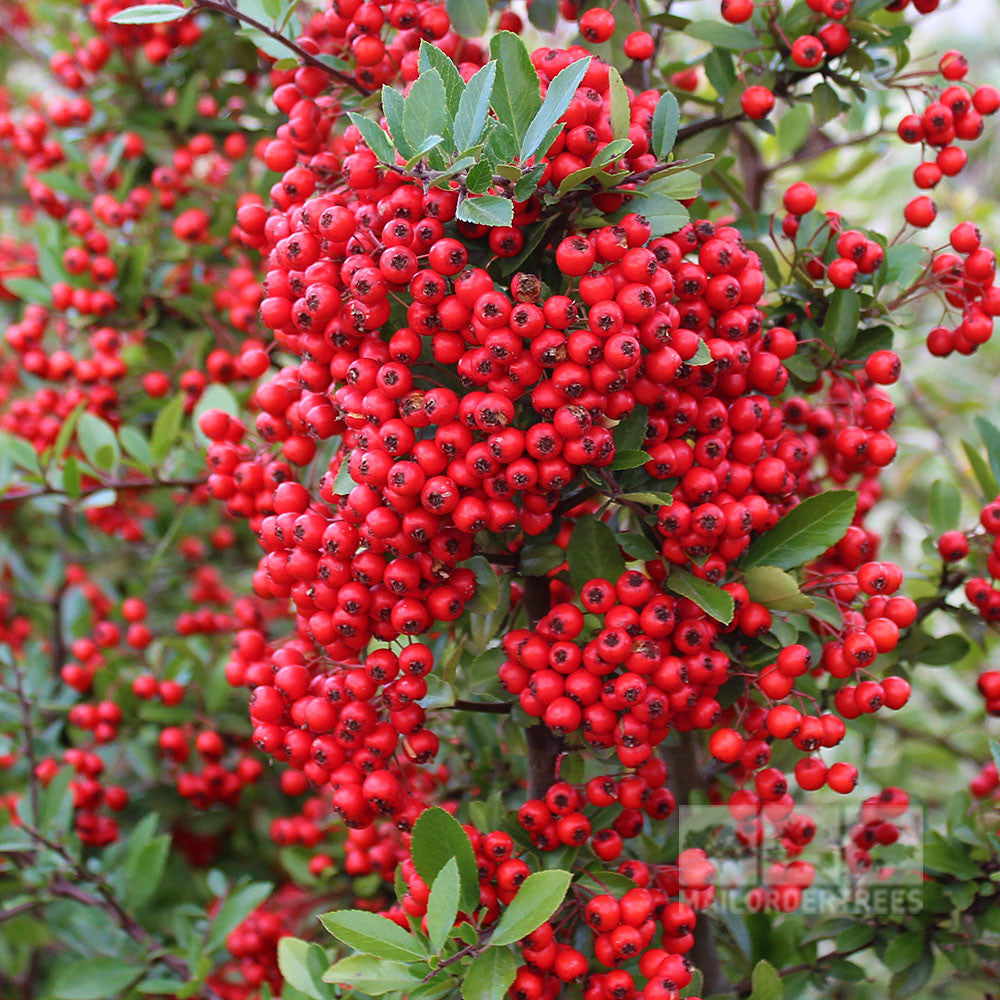Betula Jacquemontii
White Stem Birch Tree
Common Name: Himalayan Birch TreeLatin Name: Betula utiis var. 'Jacquemontii'Soil: Medium to wet soil.Position: Full sun to part shade. Flowering period/colour: April/MayHardiness: Fully hardyHeight and spread in 20 years: 9m/4mSpecial features: White bark and fine architectural shape. Catkins in spring. Golden leaf colour in autumn. Deciduous. Betula utiis var. 'Jacquemontii' is one of the most striking trees available in the garden design palatte, and is especially useful for smaller spaces. It is a variety of birch tree with a fine form and very white bark that almost glows white. The most striking example can be seen at Anglesey Abbey in Cambridgeshire where a stand of about 30 of the trees have been planted as a single feature. In this case the bark is especially white as it is cleaned regularly, for the most striking appearance possible. In addition to its fine bark, the tree boasts lovely autumn colour, with leaves turning golden before falling. Betula utiis var. 'Jacquemontii' is not a difficult tree to grow, preferring medium to wet soil, but also thriving in warmer, dryer climates. It is fully hardy in the UK and, like all birches, grows rapidly to early maturity. Birches are not long lived trees, compared, for example with the oak, but reach maturity very quickly, which is a great asset in the design of gardens which are intended for almost immediate appreciation. The final height of this variety is about 9m with a spread of 4m. Whilst stands of Betula Jacquemontii are particularly striking, this variety would be a fine statement tree in a smaller area or family garden, or even in a front garden that was large enough to accommodate the canopy width. The tree has separate male and female catkins, which both occur on the same tree.The plant is a native of the Himalayas where it was discovered by Joseph Hooker, and it was named after Victor Jacquemont; the French naturalist.













